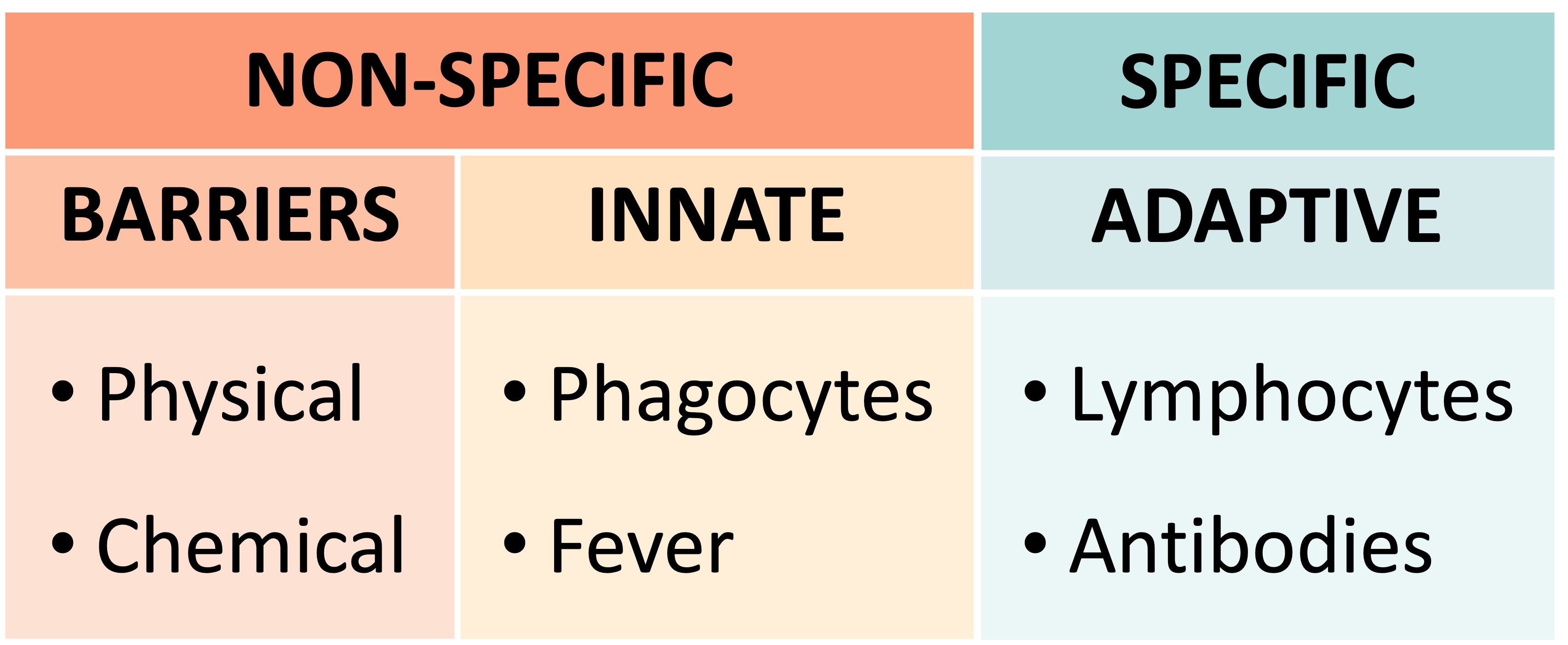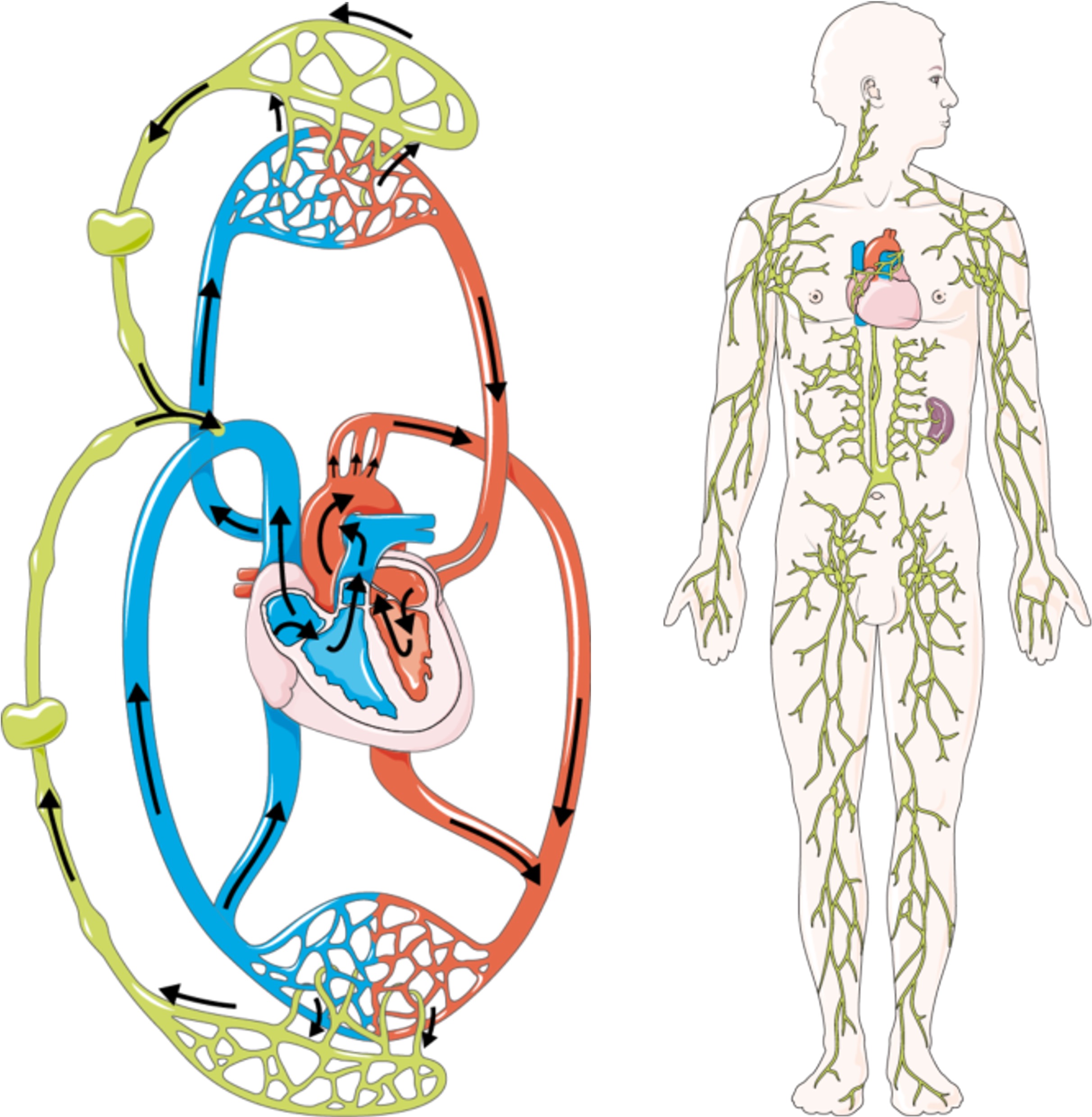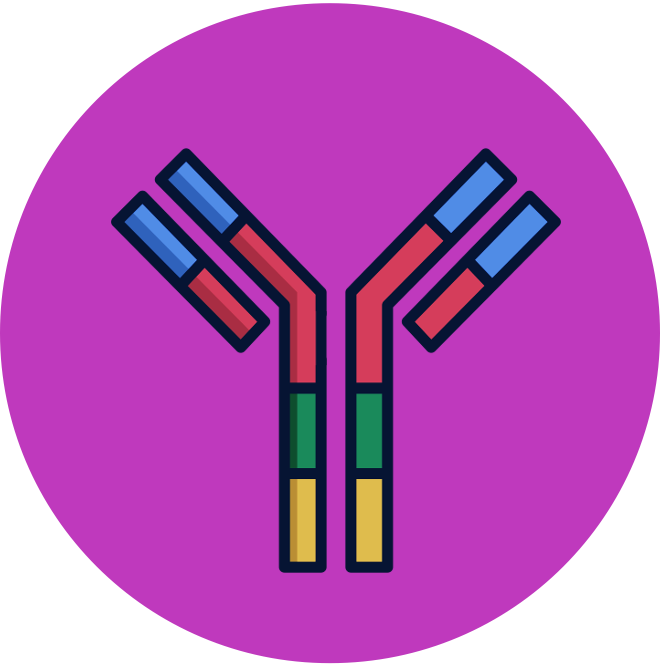

Lines of Defence
Mammalian organisms possess an immune system that responds to pathogenic agents that cause infectious diseases
-
This immune system is structured into three basic lines of defence that involve either non-specific or specific responses
1. Surface Barriers
The primary defence against infectious disease are the surface barriers that prevent pathogens from entering the body
-
These surface barriers include intact skin (protect external boundaries) and mucous membranes (protect internal boundaries)
-
Both the skin and mucous membranes release chemical secretions which restrict the growth of microbes on their surfaces
2. Innate Immunity
The second line of defence against infection are the non-specific cellular and molecular responses of the innate immune system
-
Phagocytic leukocytes will migrate to the site of an infection and engulf the foreign pathogens (via phagocytosis)
-
The process of phagocytosis is supported by a number of additional physiological responses – including inflammation, fever and the activation of antimicrobial proteins
3. Adaptive Immunity
The third line of defence against infection are the lymphocytes that produce antibodies to target specific pathogenic fragments (called antigens)
-
Each lymphocyte produces a specific antibody and the body has millions of different lymphocytes capable of recognising distinctive antigens
-
Lymphocytes also have the capacity to be long-lived, conferring long-term immunity to a particular pathogen
Immune Defences



Innate versus Adaptive
Immune responses can be classed as being either non-specific (innate) or specific (adaptive)
-
Innate immune responses are broad-acting (no differentiation between types of pathogens) and do not change during an organism’s life (no memory)
-
Adaptive immune responses are specific to particular pathogens and become more effective upon re-exposure (has memory)
The two responses are connected by the lymphatic system – a fluid network that effectively acts as a filtration system
-
Fast-responding phagocytes will travel to the site of an infection within the bloodstream and then engulf the resident pathogens (innate response)
-
The phagocytes will then drain into the lymphatic system and be filtered at sites called lymph nodes (where lymphocytes are found)
-
The phagocytes will then present pathogenic fragments (antigens) to the lymphocytes, resulting in the production of specific antibodies (adaptive response)
Both innate and adaptive immune responses are required to provide effective and ongoing immunity to pathogenic infections
-
The innate response is needed to activate the adaptive response, while specific antibodies function to heighten the efficacy of the non-specific phagocytes
Lymphatic System





